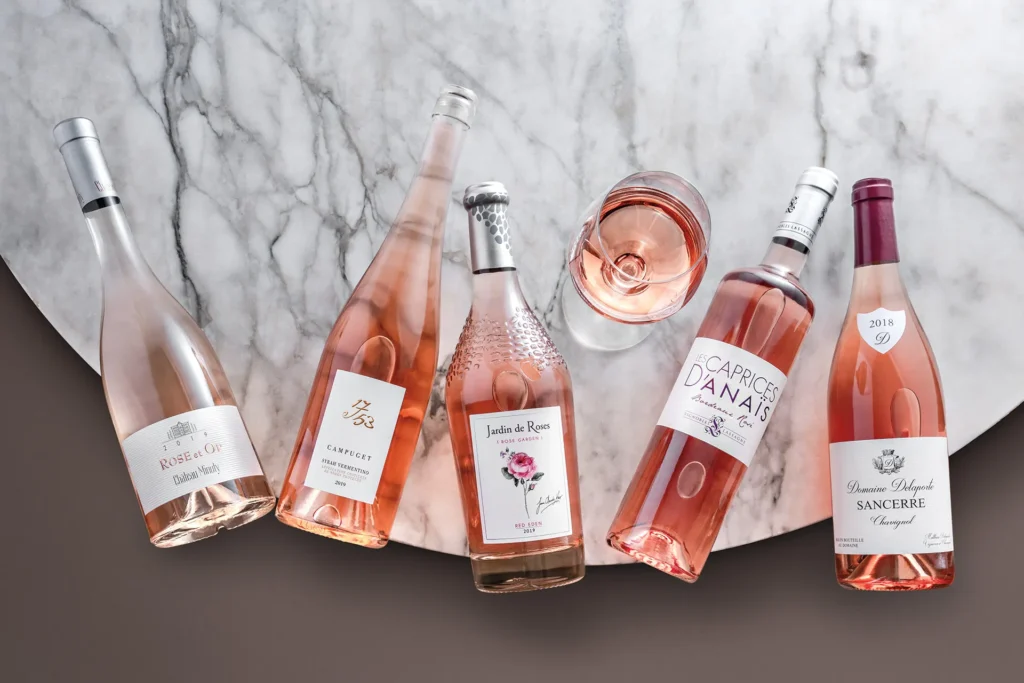
Rosé: the wine of choice of the millennial generation. While the “Rosé All Day” cultural craze might be past it’s prime, a nice glass of Rosé is a timeless treat and should never be overlooked when making your wine selection. This classically sweet and light wine can be more complex than it looks, and should be enjoyed by all ages (21+, of course).
But what makes Rosé different from other types of wine? How does it get that infamous pink color? And what pairs well with a nice, crisp glass?
We’ve got all the answers for you here.
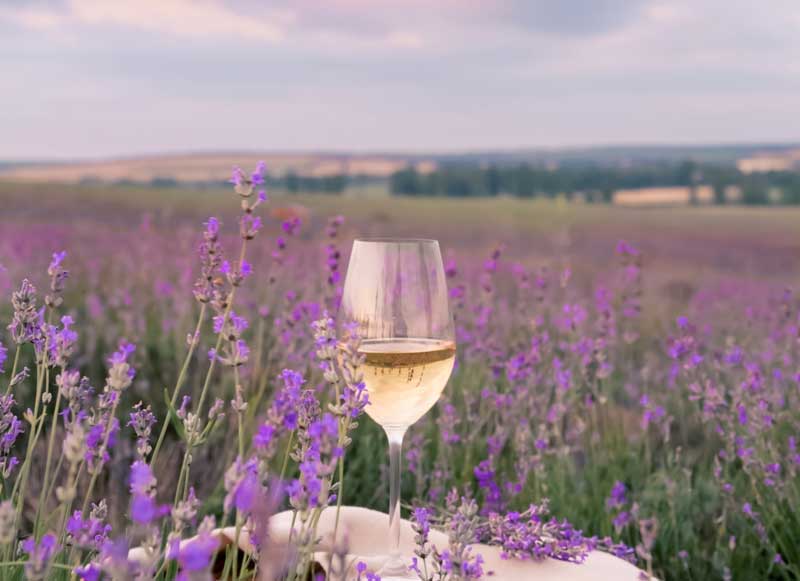
Where is Rosé made?
Rosé comes from wherever you get your wine! Many vineyards make a rosé variation throughout the world, but the wine gets its origin from the French. Many of today’s top rosés still come from the wine regions of France; Côtes de Provence, Coteaux’d Aix-en Provence, Provence, Cassis and Bandol are all pretty typical regions to see on a French rosé’s label.
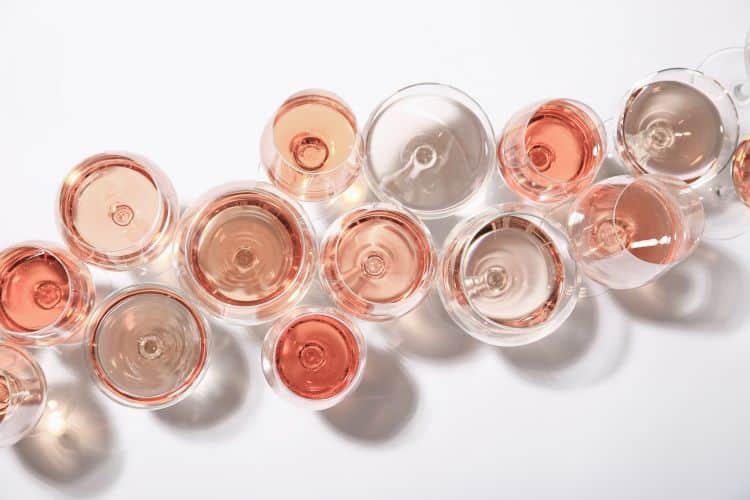
How does Rosé get it’s color?
Upon first glance, one might think that Rosé would be a wine made from red and white grapes mixed together, but this is NOT the case (and many winemakers think of mixing red and white grapes as a no-no, with the practice being illegal in some regions). Rosé is actually made from red grapes, but in the wine-making process, the grape skins are taken out earlier during the fermentation process.
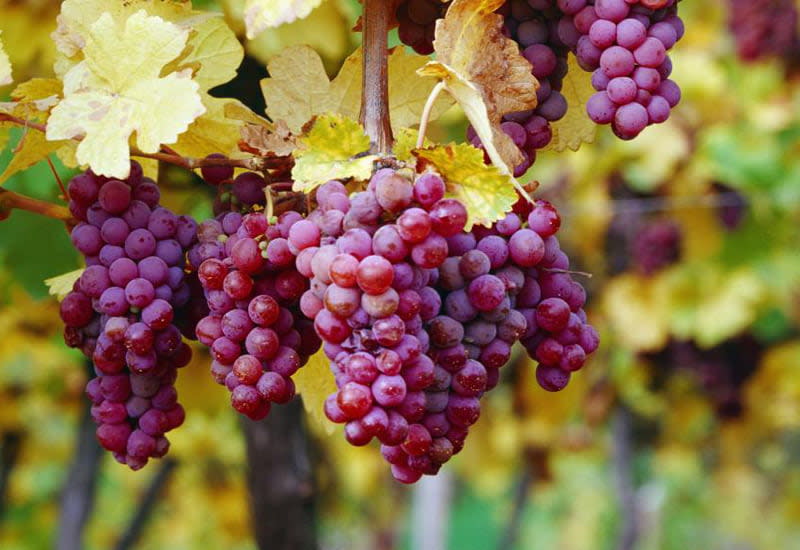
What kinds of grapes are used for Rosé?
Rosé can be made from any types of red grapes, but some of the ones that you’ll typically see include grenache, sangiovese, pinot noir, syrah, mourvèdre, cinsault, and carignan. Red grapes are smashed and left to ferment with the skins for 2-20 hours, and then the skins are taken out. The longer the skins stay in, the darker the color of the Rosé.
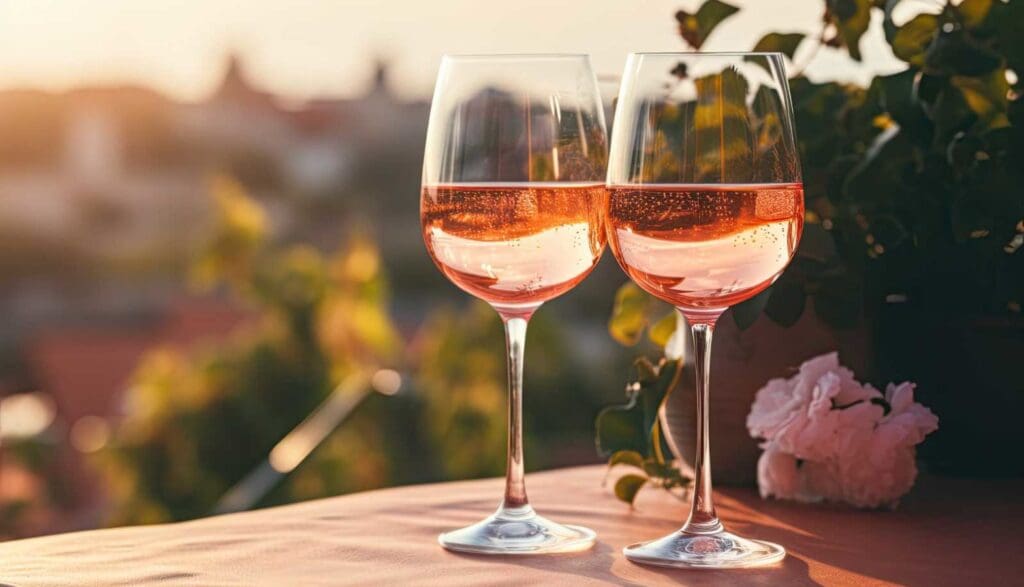
What does Rosé taste like?
Rosé is generally known for being fruity and bright, with a crisp and fresh mouth feel. Think notes of strawberry, peach, flowers, citrus and other summery flavors.

What pairs well with Rosé?
When looking to pair rosé, think of similarly light and fresh summer food items that may pair well with fruity undertones. Some good rosé pairings include:
- goat or other creamy cheeses
- Chicken and light summer vegetables
- white fish
- fruit-based desserts
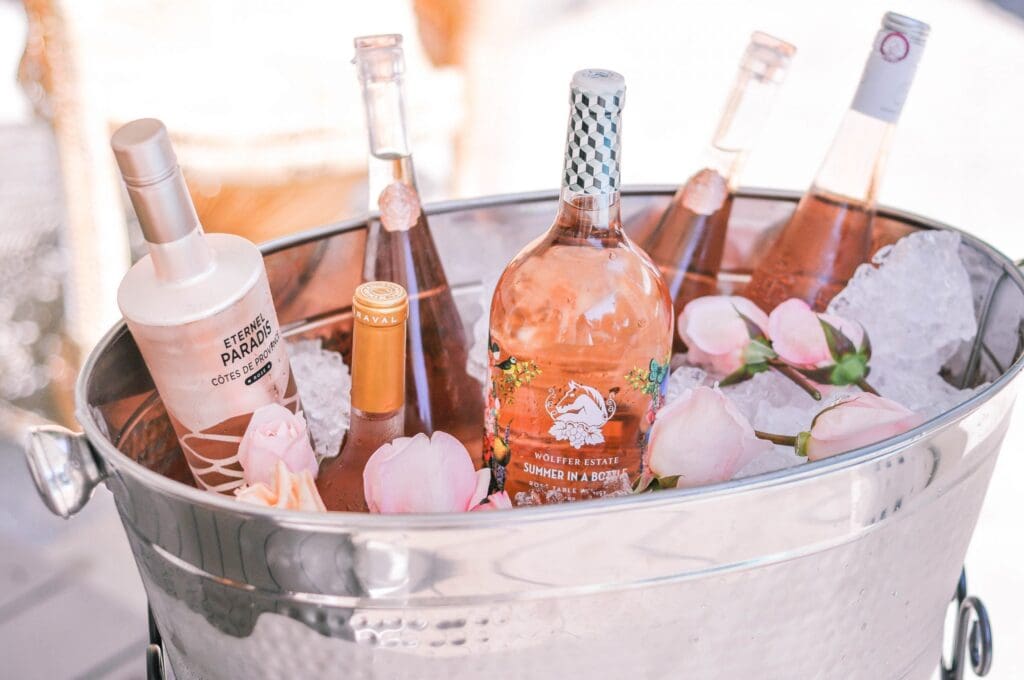
Does Rosé age well?
The short answer: no. The fresh and fruity flavors in rosé are best enjoyed within a year or two of bottling. So if you’ve had a bottle of rosé sitting around for a while, you might want to use this as your excuse to crack it open!
If you’re looking for a fresh, crisp glass of wine on a summer day, rosé is most certainly the way to go. Have a favorite bottle of rosé? Let us know in the comments so we can give it a try.

